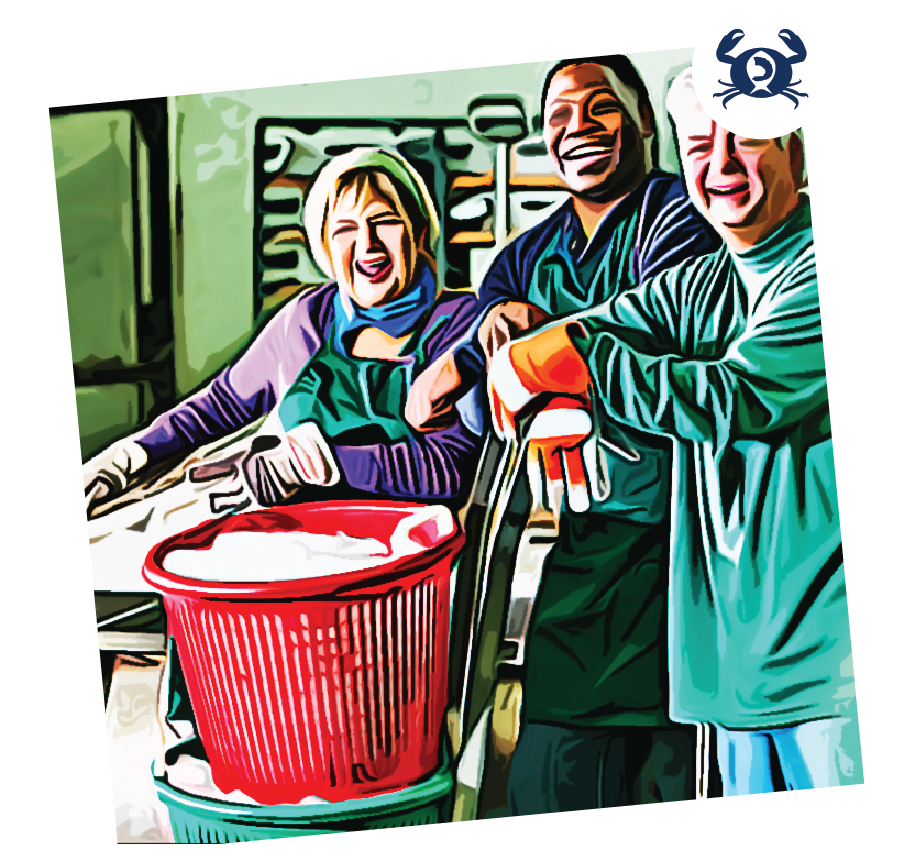
Lorem ipsum dolor sit amet, consectetur adipiscing elit. Ut elit tellus, luctus nec ullamcorper mattis, pulvinar dapibus leo.
$21k+ annually
$11 per hour
$27k+ annually
$14 per hour
$35k+ annually
$18 per hour
*Annual salary calculated by 37.5 hr work week, and by a 52 weeks per year
Grading and cleaning mollusks
Ensuring quality assurance by checking products and packaging for defects
Documenting product information, including weight, quantity, batch number, date and product name
Participate in cleaning and sanitation of the plant